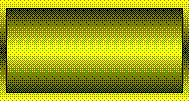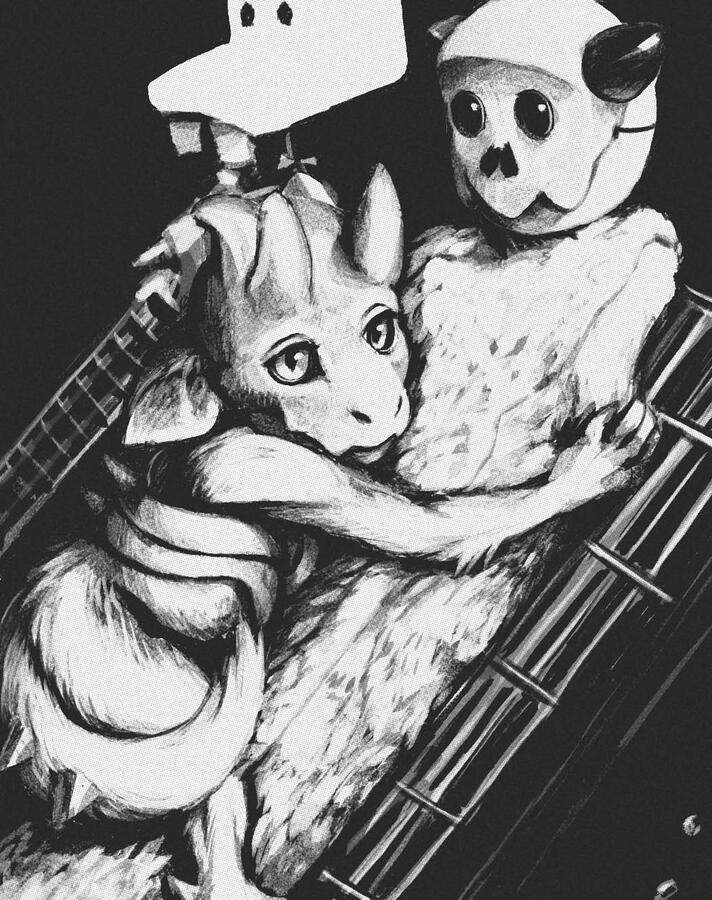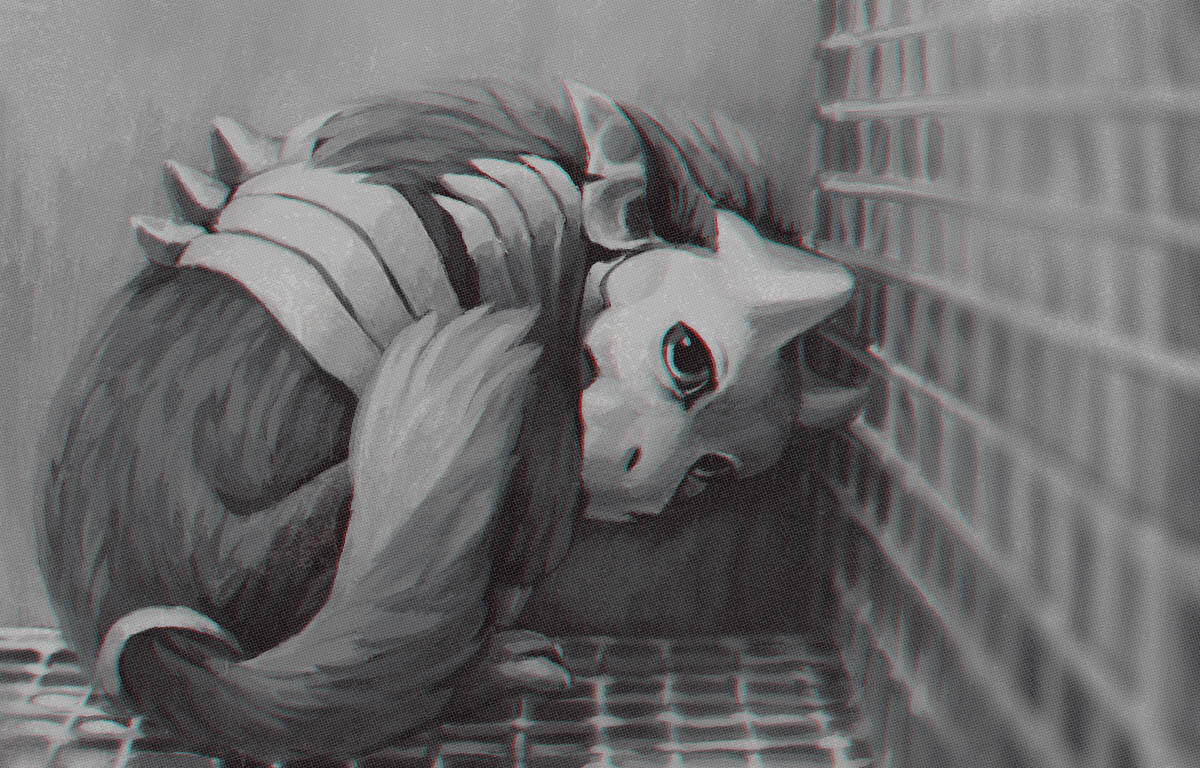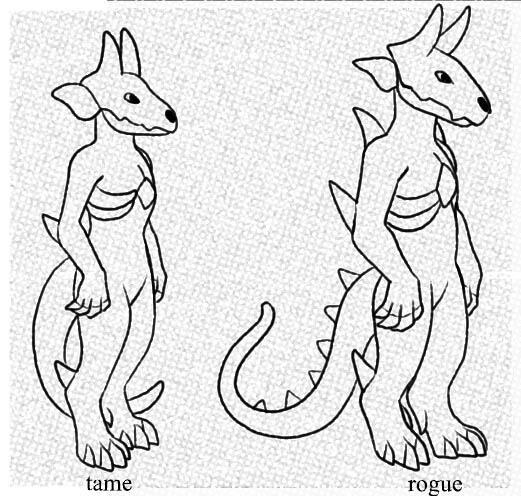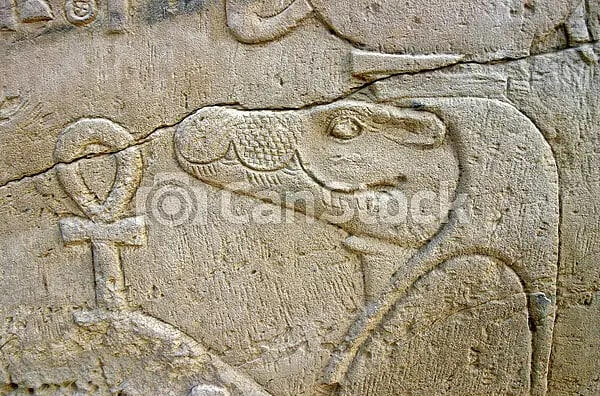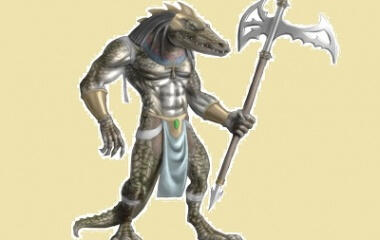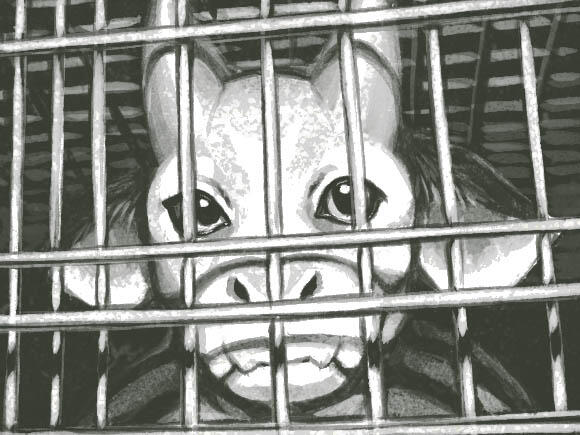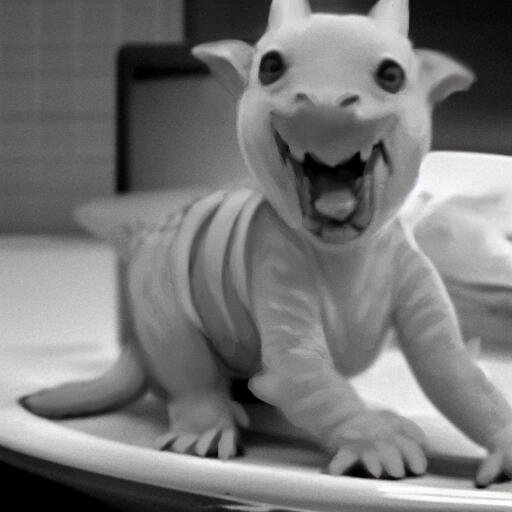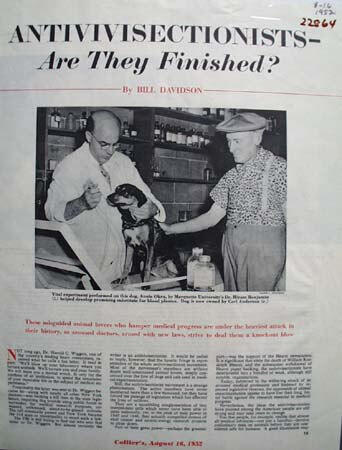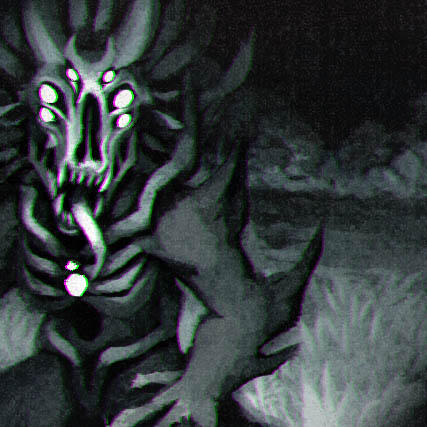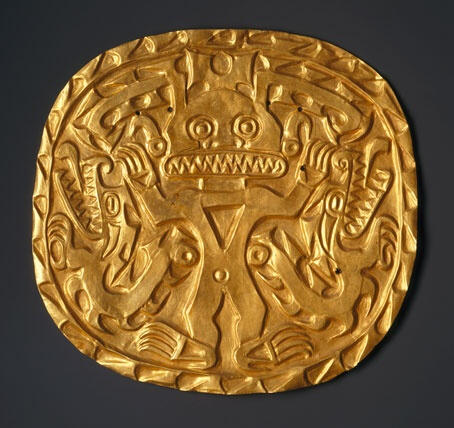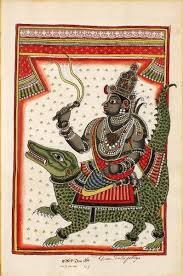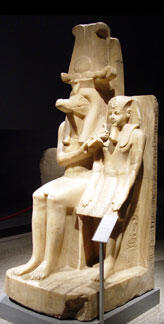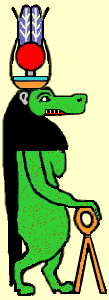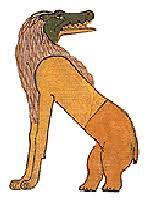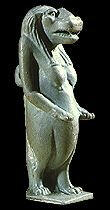
SerpentiumInvestigation.Org - WWW Classified News
Welcome to the official wolrdwide website homepage from the Croconauts species, feel free to check any of the hyperlinks that might interest youBe aware this site may have some information that some viewers may find disturbing. Read the articles at your discretion...Thank you for your visit, if you like this homepage and want to support free speech online consider bookmarking us.

- Initial discovery and general info
- Wild and Cruel Classifications
- 1940-1965 Investigations
- Leaked archives
- 1990 - 2000 Incidents
- Chief class and religion
- Take me to the future
The initial discovery
The croconaut (Palliata serpentium) is an onmnivore mammal species recently discovered, dating back around 125 years.Despite their name, croconauts can have similarities to many other mammals, at first they were called "crocodiles" because of their very close resemblance to these reptiles at the time of being discovered by the first scientist in that amazon jungle in 1940.It's original distribution was extended throughout the Amazon jungle and South America.
But due to the enormous displacement that it suffered for several years as a result of illegal distribution, possesion or hunting, they have adapted and spread worldwide.
Habitat and foodThey do not have a preferred habitat as they can adapt to most climates, although they are known to maintain a high preference for jungles and/or temperate forests.Croconauts are highly adaptable creatures, although they were originally classified as carnivores, their wide distribution has helped them adjust to changes in their diet, becoming omnivores with a high preference for fruits and vegetables, although they are also capable of feeding on rodents. eggs, birds, garbage, small and large ruminants, and even processed human food.The counterpart of wild feral croconauts found in cities maintain a limited diet, either feeding on garbage or hunting other small animals such as rodents, cats, dogs, birds (pigeons, seagulls...) or stealing from stores (greengrocers, butchers, etc), which has ended up generating a label of opportunistic thieves for them. However, there has never been a reported case of an attack on a person from a Tame-class croconaut.LanguageCroconauts are creatures with an intelligence even higher than the recorded in dolphins and primates, being able to communicate through different types of sounds and vocalizations.Studies conducted on various groups of wild and feral croconauts that were closely related to humans yielded interesting results in terms of verbal and bodily adaptations; they learned to "speak" to people through gestures and unique vocalizations, some records showed some individuals repeating several short words.SociabilityTheir social structure is based on the use of masks that they themselves create, and it is a unique construction of each individual that they use as an identity and to recognize each other. It would be the equivalent of a fingerprint between them, since there are no two identical masks.However, they are only able to create a single mask for themselves.The masks can be made of any material and can have any shape, masks inspired by human objects or other animals have been seen, which also reveals the level of influence they can acquire in the environment where they live.These masks have unique structures never seen in any other animal, as they adapt to any anatomical difference and stay still without the need for accessories or known adhesive attachments. In some cases, such masks may have false teeth or horns, creating a threshold difference from a croconaut's appearance when viewed without its mask.Some nameable materials can be stone, wood, bones and/or ivory, iron or metal, precious stones, and even fire, water, or plants. There have been reports of croconauts with pieces of technology with very human-like mechanical structures.Some interesting things to mentionThe masks are fundamental pieces within their society; tame croconauts can be frowned upon for not wearing their mask in front of others, and it is only considered acceptable to do so in private in front of someone else they are very confident with, be it another friend, partner or mate, etc.They can also have more than one mask, usually it is an inheritance from a deceased relative, friend, partner or mate.Reproduction and matingThe mask also has a certain importance within its mating ritual; When two croconauts attract each other, they usually follow a specific behavior that leads to their union within their social group.
This ritual consists of both of them "undressing" (taking off their marks) in private, sharing their masks, hugging and intertwining their tails.Once conception occurs, the female goes into hibernation for 12 months and the male is responsible for bringing food to the nest once or twice a week.Gestation lasts approximately 213 days or 7 months. In general, females give birth to one to two crokits (croconaut pup) while still asleep, although they wake up for a limited time every few days to feed or go out to defecate
Newborn crokits will feed on a special high-fat colostrum for the first 6 months.The young will be able to leave the nest approximately at the first year of life, a temporary mask of a material similar to bone will cover their faces, this mask will fall off when they are two years old, similar to the process of losing baby teeth of many animalsLong before this temporary mask falls off, many young crokits are already in the process of creating or building their future permanent mask.Average lifespan
The average lifespan of recorded tame croconauts in the wild is usually between 25-35 years. Its mortality is due to poaching by other animals, humans or other croconauts of cruel-class but there have been records of specimens reaching 60 years of life.Those living in cities or kept in captivity have been recorded to live twice as long as their wild counterparts, up to 45 or 60 years on average. Their mortality is usually due to other animals or from accidents caused by human hands.
1940-1965 investigations
Their behavior and their social manners were studied by scientists for years, scientists were fascinated by the power of mutation and adaptation of these creatures, where if they were subjected to certain types of stimuli they could end up altering their appearance and behavior permanently; Unfortunately this led to an accidental experiment where they created a new line of aggressive and dangerous croconauts, very far from the docile and timid wild croconauts they initially investigated.They classified these new classes as exiled, forsaken, and the most dangerous; Soul-seekers, who were shown to possess intelligence even above human, with the ability to communicate, plan, and influence other cruel-class croconauts to act in groups.Most of them are creatures driven by hatred and cruelty, and they tend to maintain a very marked aggressiveness towards most creatures, especially humans (with the exception of the forsaken, who refused to be aggressive but could react unpredictably, wich was classified any way as dangerous).These experiments were carried out in undeclared sites and were kept secret for decades until an incident occurred involving the escape of several exiled specimens that caused damage and even human and animal losses in nearby cities.Since then this information was made public in an attempt to stop them but little could be done, there was no precise statement of how many specimens escaped since it has been very difficult to locate any due to the late response of the competent authorities.It is believed that they managed to escape from the cities and went to abandoned and difficult to access villages to not be tracked, where they ended up multiplying their number.
Scientific Research Archives from 1940-1980:
During the controversial investigations and experiments of the 1960s and 1980s, it was discovered that a Tame croconaut can mutate if it suffers repeated high-impact negative episodes (physical or psychological torture, serious injuries, prolonged stressful situations, etc.) this revealed the degree of intelligence and reasoning of these creatures and their various adaptive responses to stressful situations.
“ Using methods of isolation and maternal deprivation, Harlow showed the impact of contact comfort on croconaut development. Infant crockits were taken away from their mothers and raised in a laboratory setting, with some infants placed in separate cages away from peers.”
However, this also led to a controversial scientific incident through these cruel experiments where it is said that the first group of cruel-class croconauts was created. These investigations lasted decades, until the consequent disappearance of the different laboratories and facilities after the escape of a group of cruel croconauts of which no trace could ever be recovered.

Classification of the different classes.
Croconaut - Tame Class:
They are the smallest of all the classes, are usually harmless, and rarely act aggressive. Their personality is usually calm, sometimes shy and they are intelligent enough to understand simple and moderately complex social processes. What was initially attractive was to promote them as exotic pets for people, due to their enormous adaptability as a companion creature and their ability to communicate with others.Their general personality is described as calm and collected, but they share a curious resemblance to people, each croconaut can possess their own personality and particular tastes, sometimes even going against what is usually known of the Tame-class. Although these changes never become violent or dangerous.More about the Tame class
As has been mentioned, they are the most docile and timid croconauts as well as the most common class.They are considered as "workers" or civilians within their group or pack and can adapt to performing routine daily activities such as being explorer, collector, messenger, etc.They are very sociable beings and may be able to generate bonds of affection towards a person, however, they do not tolerate loneliness well.They can have small horns, scales, long or short fur, and both their tail and ears can vary in very different ways. The shape of its muzzle and its soul can vary greatly from individual to individual.The body has an average height between 90 to 1.20 centimeters or 2'1 - 3'1 feet.Depending on the stimulus they receive, they may be able to mutate and become Rogue.However, the more they mutate, their trust towards humans will decrease and their domestication and handling will become more difficult, increasing the chances of an unpredictable and possibly dangerous personality.
Croconaut - Rogue ClassRogue croconauts are the result of a period of adaptation and mutation by being exposed to rigorous strength and endurance training lasting one to two years. They tend to be slightly taller in size and tend to have a more serious and reserved personality than their Tame counterparts.Its average height is 1.05 to 1.35 centimeters or 3'4 - 4'5 feetTheir body may have more elongated horns and an body physique that is better adapted to activities that involve strength and defense, since they tend to tolerate pain very well. They need constant physical and social stimulation to avoid getting bored that ended up generating inappropriate behaviors, the latter happens more than anything to rogue croconauts in captivity, since in nature they tend to always remain in constant activity.They can mutate into Imp-class if these inappropriate behaviors go on for years, along if they receive any kind of mistreatment or constant isolation that makes them mentally unstable and/or combative against other croconauts within their social group or against their own owner. (human).

Croconaut - Imp ClassCroconauts of this class are the most difficult to keep in captivity, due to their already unstable mentality, they tend to be more unpredictable than their Rogue counterparts and tend to distrust most humans and even other croconauts. It is very rare to find an imp in cities as they hate the noise and general smell of capitals, where they prefer to stay away and alone.They maintain about the same height as rogues with a few exceptions.their personality is varied, but those with a deceitful, playful and bad-tempered personality tend to be more common.
They can appear docile at first and then react unpredictably, sometimes even causing harm to other croconauts, animals, or even people (although this is more incidental than on purpose).In nature, the coexistence of one or several imps within a community of crocs is possible, thanks to the guidance and care of a chief croconaut, whom they respect above all else. Unfortunately, if there is no one nearby to keep order, the imps can cause damage where they can end up being exiled from their own community and left to fend for themselves.Croconauts can mutate into exiles if they go through a prolonged period of extreme and/or very violent situations that arouse extreme anger or sadness, but it is not common for this to happen.
It is said that it usually occurs when an imp kills one or more creatures in cold blood without the intention of consuming them and awakens in them a thirst for blood that is difficult to control after that.Croconaut - Savant ClassA rare event is that imps can mutate and become Savant class, there are few studies of this class but it is said that this happens due to the discovery of some passion or interest that ends up turning them into a kind of "bookworms" of various subjects, more Savant-class croconauts have been recorded in the wild than in captivity.(Examples of savant croconauts skills could be; necromancers, healers, sorcerer, fortune teller, alchemist, prophet...etc)Savant croconauts have a detached and loner personality, even with those of their own species, they do not like humans very much and tend to be very reserved and solitary, almost always more interested and focused on continuing to feed on information that interests them.It is said that the skills learned tend to be offered as services to other croconauts, exchanges with humans have been recorded, although their "prices" are usually more difficult for human on purpose.They usually ask in exchange for a certain amount of special food, material that further expands their knowledge, or precious materials.It was recently discovered that the savant croconauts are the only ones besides the Chief-class that are able to understand human language almost perfectly, even being able to read (which gives them a greater ease of access to knowledge).
However, they cannot communicate vocally beyond a couple of words or short phrases.Croconaut - Chief Class
It is the most powerful and rarest class of all.
Their average height is equal to or greater than the height of an adult person; between 1.80 to 2.40 centimeters or 5'10 - 7'10 feet, although it is said that they can exceed this.Their personality, unlike the other classes, can vary quite a bit, they have the ability to communicate and understand human language perfectly, making them beings with an inclination to be chief guides of the smaller classes of croconauts.In even rarer cases they are capable of more powerful, almost mystical abilities than those of a savant class, where they tend to be revered almost as gods, with records of them in some human religions.
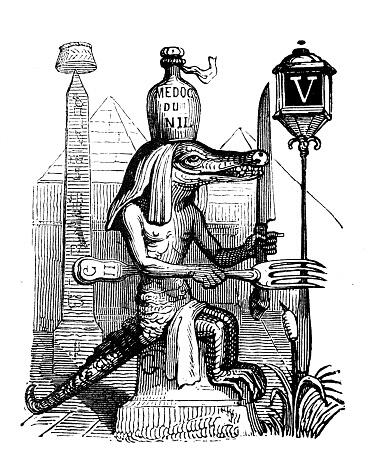
Chief-class unlike any other Croconaut are considered immortal (they cannot die of old age or known diseases), however a Soul-seeker may be able to end their life.Chiefs seek to spend their lives protecting their pack, in some reports of human-Croconaut interaction there has been information of temporary cooperation of chief croconauts protecting human cities.A chief only occurs in one or more large groups of croconauts. A chief croconaut cannot be alone or separated from other croconauts, it is presumed that they can devolve into Savants if they are lonely and aimless for too many years, but this has never been proven.There is a rumor that a Rogue croconaut can mutate into Chief, but despite decades of research and classified experiments, the circumstances required to mutate them into this class have never been fully understood. Chief occur only in the wild, attempts made in captivity have never been successful.
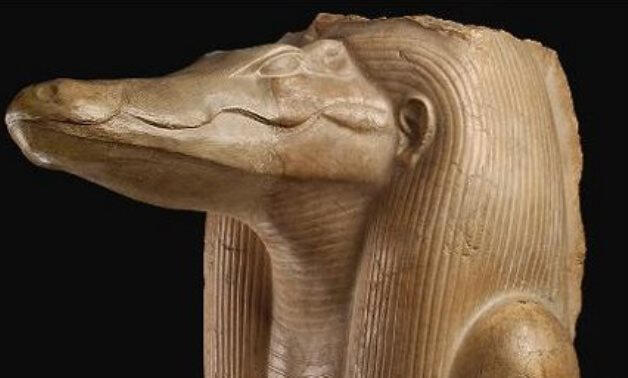

Cruel-classes
The cruel class is, as its name implies, is a cruel and highly dangerous counterpart from tame croconauts.
Evidence of the existence of cruel-class croconauts had already been proved to be found in nature, but after the controversial scientific research that occurred between 1960 and 1980, the population of cruel-class croconauts tripled.However, in nature there was evidence that pre-research exileds crocs already existed, but their aggressiveness was not so marked towards people, it is said that their appearance was also very different.Unfortunately, researchers' attention to the species was focused almost exclusively on the tame class, leaving aside pre-research exiled specimens at that time, and it is currently uncertain whether natural exiled croconauts still exist or not.
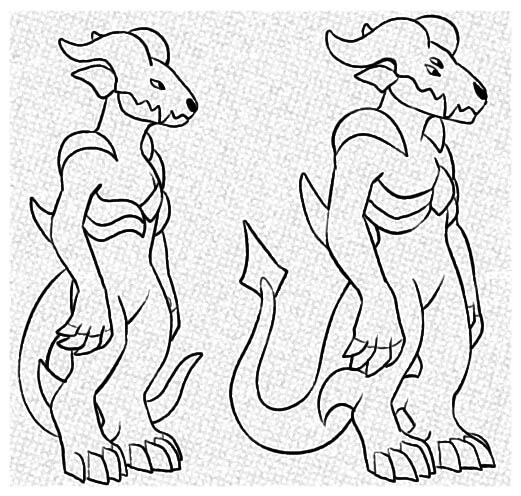
Illustrative representation of how the natural exiled croconauts were compared to the current exiles.
Habitat and food
Unlike the tame-class, the cruel class focuses almost exclusively on being carnivorous.
They have been seen being scavengers as well.In recent decades they have had a high preference for attacking livestock animals, whether they are goats, sheep, cows, horses or even poultry.
They also have a predilection for attacking other croconauts, even of their own kind, indicating cannibalistic tendencies among them.Sociability
Groups among the cruel class are non-existent but possible, there may be very small groups with constant fights to maintain a leadership position among them.Soul-seekers are known to be part of these groups, but there has been no evidence to support this.The masks within their social group as opposed to the tame-class don't seem to be that important between them. Although it is known that they are capable of hunting others of the same species to steal their masks and even use them for deception purposes to acquire the personality of their previous owner.Only the forsaken subclass tends to wear a mask, and this is presumed to be because they associate it with a sense of security before mutating.Reproduction
Cruel-class croconauts temporarily gather when they decide to mate, usually this ritual tends to be violent.Conception and breeding of crockits is similar to their tame counterparts, with the exception that mothers must protect their litter from attacks by other exiles while they grow.A crockit is born as a tame- class, but due to the wild and violent environment in which it is raised, they end up mutating into exiles or forsaken as a method of survival in the face of constant violence in their surroundings.Average lifespan
Due to their violent lifestyle, the lifespan of a cruel-class croconaut in the wild is quite short; between 15 and 25 years maximum.
The more violent the mutation and its appearance, it is believed that they may have a longer life expectancy.
Croconaut - Exiled subclass
The exiled type croconauts, as has been well mentioned, are individuals with an enormously violent character.
They are known to have the same reasoning ability as their tame counterpart but prefer to act more based on their primal instincts.They may be able to continue to mutate depending on the extreme needs that arise in their lives.The average height of this subclass is between 1.50 and 1.65 centimeters or 4'11 - 5'4 feetCroconaut - Forsaken classThis subclass is considered artificial since it was born from the multiple investigations that were made in the first cruel class under a controlled environment.(This also means there weren't forsaken croconauts on the wild before...they started to multiply after the escaping incident)The most notable feature of this class is that they are solitary and avoid being around others of their own kind.
When a Forsaken is found in either a Cruel-class or a Tame-class group, they tend to become easy targets for intimidation, often because they are mistaken for an Exile.However, despite their "docile" character, it is known that they can have moments of impulsiveness that can become violent, this is related to multiple psychological problems very similar to Post-Traumatic Stress Disorder (PTSD) suffered in human beings; developed by the bloody isolation experiments given at that time, which made this subclass more sensitive to this type of disorders.
Croconaut - Soul-seeker subclass
This is the most dangerous subclass of all. It is said that the investigations were canceled due to the attack of a Soul-seeker who decided to release the croconauts raised in those laboratories, but these are just rumors generated from the secrecy of the official authorities regarding these facts, since there was nothing verifiable.The idea that they are the cruel equivalent of the Chief subclass is supported, even that they may possess godlike abilities or powers.They are also able to understand human language perfectly.They are credited with an enormous ability to influence vicious-class croconauts or even people to commit violent acts, though the few documents that evidence the latter are of dubious authenticity.
Controversy in 1990:
Interest in this new type of creature became popular in the 1990s, where they were even advertised as "exotic" jungle pets; this led to a problem of displacement of these species due to the fact that many ended up being abandoned when they became problematic for their human owners or the growing demand from poachers who distributed the masks or their meat as an "aphrodisiac" souvenir on the black market.Croconauts adapted to the life in cities, either at home in the care of a person or becoming wild among small and hidden groups, many others even reached other continents by traveling in different form of transports as stowaways where they managed to adapt to the different types of climates.There were control attempts against these creatures in most countries but their adaptability allowed them to adjust to the traps of either human hunters or even other animals trained to hunt them, this also led to a rejection by a percentage of the human population which classified these actions as "savage and violent" and advocated handling the problem in a more humane way, considering that the croconauts were much more intelligent than an average animal to treat them as a mere "pest".
2000-Present :In the following years accidents and fatal encounters with dangerous class croconauts are constantly reported, whether attacks on people or groups of animals, the population of farmers are usually the most affected, reporting notorious losses and delays in meat company facilities (Poultry and cattle being the most affected)Encounters with any type of croconaut of the dangerous type must be reported immediately to the authorities, where unique specialized police lines have been created to kill these creatures in most countries.Among the other measures taken to control and reduce fatal accidents was the adoption of Rogue-class croconauts to serve as bodyguards for both farmers and civilians.Tame-class croconauts are not considered dangerous due to their shy nature, city wild croconauts tend to hide and avoid contact with humans.
Their wilder counterparts away from human settlements tend to be more friendly and curious.The sighting of croconauts of the dangerous type is very rare in cities, although it can become common in desolate environments; forests, jungles, caves, etc. However, the possibility of an attack by someone within the cities is never ruled out.The presence of a Soul-seeker is considered an event of fatal proportions, as they appear to be highly resistant to most human weaponry. The sighting of a Soul-seeker can mean an immediate and upcoming invasion or war against any human or animal population.
Soul-seeker attacks have been reported towards other locations of wild croconauts, it is known that these feed almost exclusively on other domestic class croconauts, being considered the largest predators of their own species.No one has ever been sighted a Soul-seeker class in the wild, there is only information about them from few scientific reports that had prove their existence, but there's no other information about them.
Multiple investigations have been carried out over the years that have ended up linking many of the ancient religions whose gods were very similar to the chief class croconauts.
In many regions such as Egypt or China, whose multiple legends and stories included bipedal reptiles very similar to this species, conclusive evidence has been found regarding ancient croconaut communities where the Chief classes have had a very intimate and close relationship with humans throughout hundreds of years, even at critical moments of human revolution; These relationships resulted both in the development of many customs as well as in the adaptation of many human communities to feel comfortable in coexistence with this species, to the point of considering them sacred.
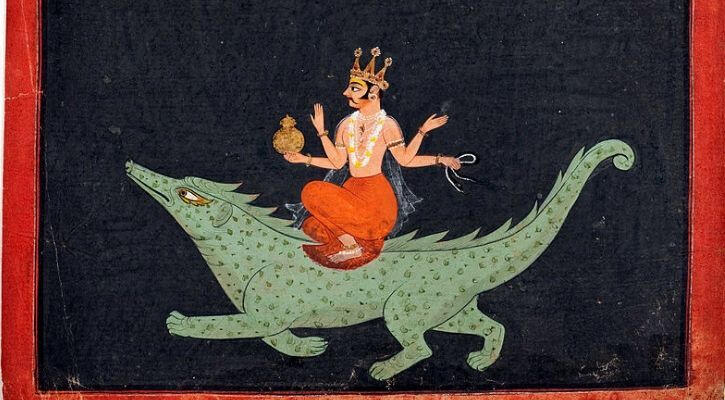
Recent studies also found evidence of chief-class croconauts being held as sacred icons revered in Egypt and multiple regions of Asia, especially India and China.The prestigious Petri Museum of Egyptian Archeology has in its possession a vast collection of ancient Egyptian and Sudanese artifacts, such as the oldest linen and dress from ancient Egypt (5000 BC). The museum also exhibits sculptures of lions from the temple of Min in Coptos and the oldest known products of metallurgy from the ancient civilization.However, it has yet to be confirmed that the museum has on display "mysterious Egyptian artifacts" recovered from a secret room in Petrie's former home in Jerusalem. But believers assume that the most sensitive relics of possible croconaut origin are kept hidden from the public.This is not the first time that archaeologists have found ancient stone tablets with Egyptian inscriptions suggestive of Croconaut-human communication along with sophisticated and advanced artifacts attributed to them were created by these beings, which is also strong evidence of the longevity reached by some croconauts chiefs in relation to human history.
